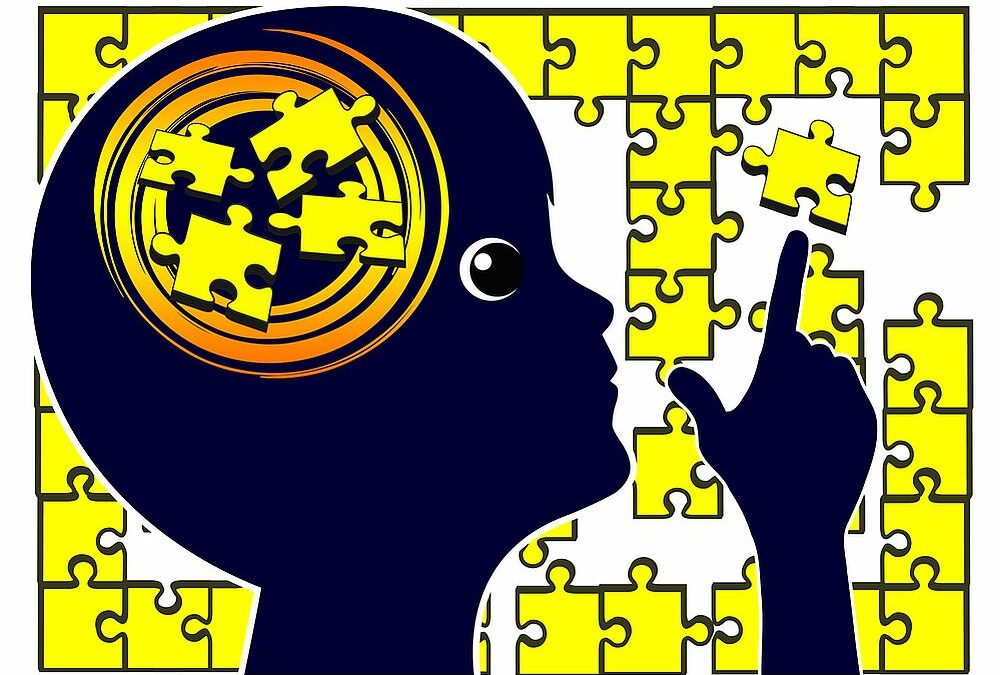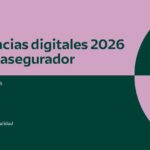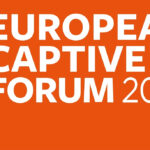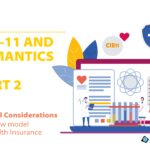Human nature tends toward minimum effort and, therefore, to shift work and responsibilities to others. As a probable consequence, critical thinking towards oneself is also limited, since submitting oneself to judgment implies an additional effort.
We speak of self-criticism in a positive sense, as a vehicle to promote learning and improvement. It helps us to question ourselves, as well as to look for mistakes and opportunities without the need of third parties. It is a tool of personal application that does not require other subjects to put it into practice and is an aid in resolving conflict situations. Self-criticism is the highest level of critical thinking.
Critical thinking is a process that aims to analyze, understand and evaluate the way in which knowledge that seeks to interpret and represent the world is organized, in particular opinions or statements that in everyday life are usually accepted as true.
The critical thinking allows us not only to understand a situation or idea, but also those other situations or ideas that surround and connect it, thus being able to have a better understanding of the main object with the support of secondary sources. In today’s times, this term of critical thinking is applied to the ability to recognize Fake News through rational analysis of them, their sources and their interrelationships: not to be in a hurry to assimilate a reality or idea, but to dedicate time and logical criteria to establish its correct understanding. For this process, various sources cite different skills ranging from analysis to decision making.
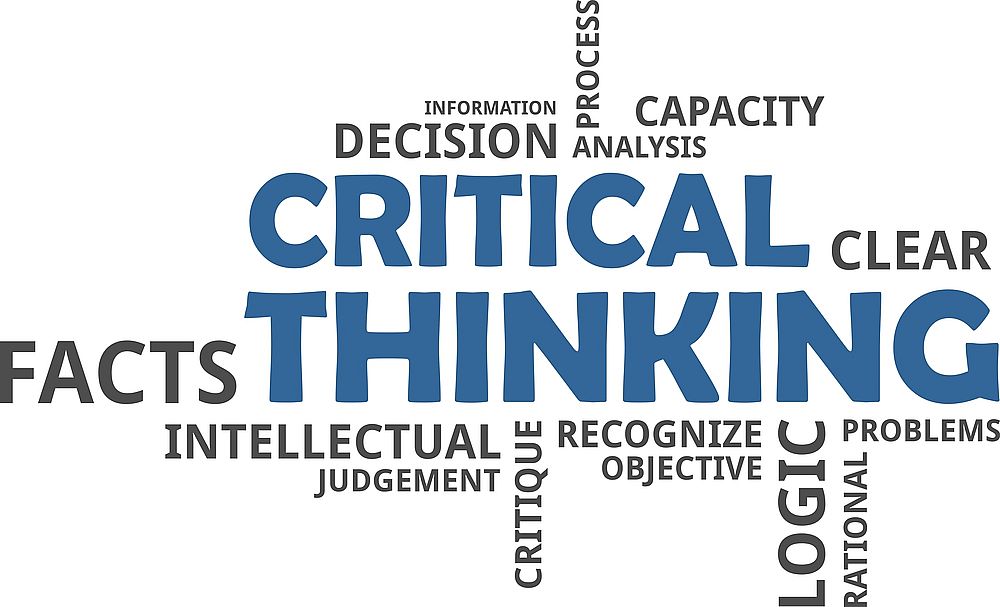
In the IT context, critical thinking is applicable to everything we have to do, especially problems and challenges. Challenges are those new circumstances, in which we lack experience and it is not enough to Google or ask ChatGPT (no thinking), do the first thing that comes to mind (linear thinking) or ask for help (only after having tried to do it yourself). Analyze the solution we need, reason why and how, evaluate among several solutions to determine the best one, solve problems arising from that solution, choose another less favorable but simpler solution in terms of time. All of this can be implemented if we have critical thinking to apply to the work circumstances around us.
When faced with a problem, it is important not to be in a hurry to solve it in the first way that comes to mind. We must analyze and evaluate the possible solutions and their impact, whether in terms of time or possible side effects.
Risk management
This same critical thinking is necessary to perform good risk management, or to estimate a job with sufficient accuracy. This will allow us to make the right decisions when calculating development time, defining the architecture of a development, building a complex data model or an automation script.
Self-criticism consists of questioning the ideas that come to mind and challenging them with other contrary, complementary or different ideas. Faced with a functionality that we have made and it fails, if we proceed with self-criticism we would have to:
- Ask ourselves why it fails.
- Analyze the possible causes.
- Consult related sources but to seek information and not a culprit.
- Review documentation and code.
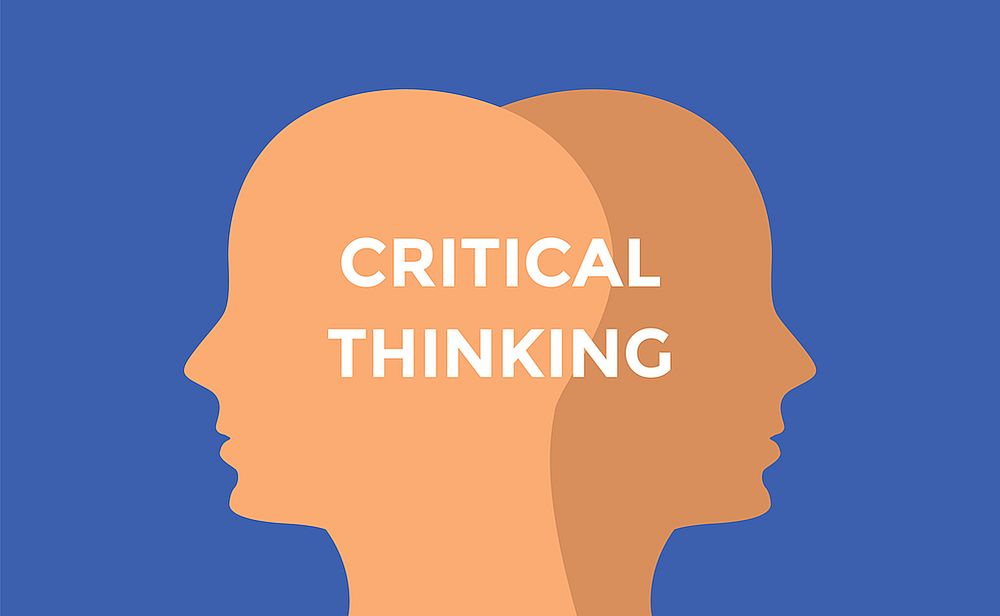
Problems and decisions
By using self-criticism we will generate problem-solving skills and make better decisions in the future. We can always make mistakes, but we will have made an effort of judgment and analysis that we would not have made otherwise. Self-criticism is the best antidote to the ignorance that, whether we like it or not, we all have to a greater or lesser extent.
Critical thinking…
Helps resolve conflicts.
Dismantles social prejudices.
Promotes logic and creativity.
It is a neutral and unbiased process.
It means not being a passive recipient of information.
Gathers and evaluates information from as many sources as possible.

